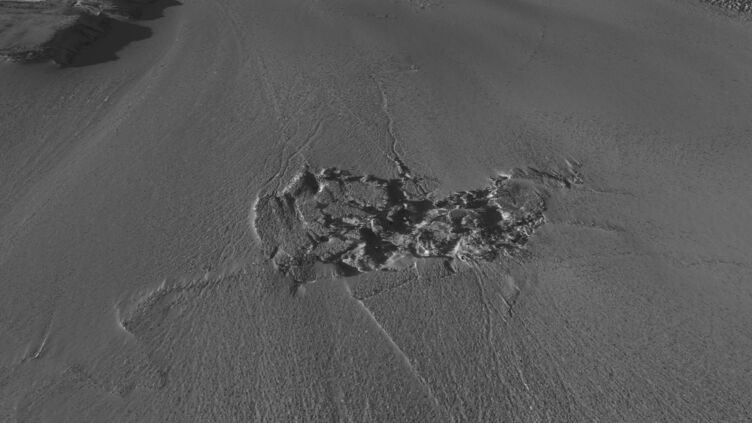Scientists have discovered previously unknown floods beneath the Greenland ice sheet, resulting from a significant event in 2014 where 24 billion gallons (90 billion liters) of meltwater burst from a subglacial lake. This marks the first documented instance of such a phenomenon in Greenland. The findings, published in the Journal of Natural Geoscience, reveal important insights about ice melting and its implications for other Greenland ice sheets.
Jade Bowling, a glaciologist at Lancaster University, expressed initial disbelief at the data, which ultimately led to a deeper understanding of subglacial floods. These lakes, recently found beneath the ice, appear to release large amounts of water rapidly, a process not well understood until now. Using satellite data, researchers identified a 0.77 square mile (2 square kilometer) lake and documented a flood that expanded a crater under the ice by 279 feet (85 meters) over ten days in 2014.
The flood’s magnitude was comparable to nine hours of peak flow at Niagara Falls, significantly altering the ice sheet structure by washing away an area twice the size of Central Park. This challenges previous assumptions about how meltwater flows through ice sheets and underscores the need for further understanding of these complex hydrological systems and their responses to extreme melting events.


